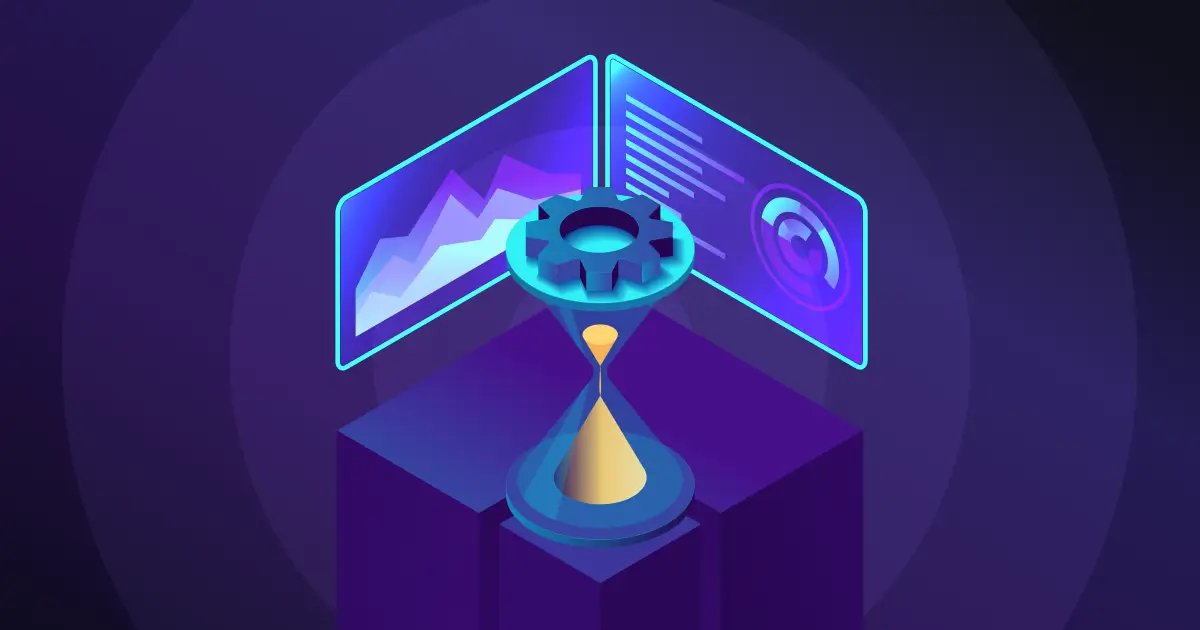With the evolution of the software industry, there’s a challenge in building a culture around CISO and engineering. A culture built on data and security. More people involved in the software delivery process, especially stakeholders, means it needs more collaboration. It can lead to a culture built on data and security.
An example of this is how the Chief Information Security Officer’s (CISO) team works directly with the software engineering team to build such a culture. To build a culture built on the principles of security by design.
To implement further policies built on this culture, the CISO team needs to collaborate with software engineering teams to apply best practices, guidelines, and standards. There’s always room for improvement on both teams.
When CISCO teams collaborate with software engineering teams, it creates an organization committed to the universal goal. For instance, teams are committed to passing software audits and completing security posture assessments. Customers feel at ease knowing these security protocols are being followed.
A major challenge in this collaboration between CISO and software engineering teams in the transition to the cloud. Taking a look at the concepts below will ultimately help security and IT leaders come together to implement security standards into software delivery.
To improve this collaboration, we’ve put together the best online collaboration tools.
Jumping on the cloud
Jumping to the cloud may sound simple, but the challenge is securing software delivery management. That’s where security by design really makes an impact, facilitating it successfully.
Before the cloud, engineering teams used a different approach. They developed software-based management tools inside the data center and deploy them directly into production servers. Now that more organizations move applications to the cloud, there’s a challenge in the software delivery cycle. With each step of the software delivery cycle, it’s difficult to control the, underlying software, security tools, and techniques.
The challenge is that organizations are trying to move one application to a new environment by keeping the old security process and controls in place. When they operate under this strategy, they lose leverage. They can’t fully use cloud-native security tools or technologies optimally.
These problems are seen in new projects when security approvals are just beginning. For instance, engage security teams early on to avoid any surprises during the deployment lifecycle.
Security by design is another critical part of software delivery management. During the initial built process, engineering teams leverage static code analysis, code scanning, threat vulnerability management, vault and container scanning in order to operate with security best practices in mind.
Why security by design a difference-maker
When you focus on security by design, you’re focusing on improvement. You’re focusing on improving your security for software delivery management.
Using the Shift-left approach, enterprises can improve the security posture of their software delivery management process.
- Static code analysis
- Dynamic code analysis
- Container security management
- Vault to manage the secrets, passwords, certs, and keys
- Visibility into software delivery management
The importance of static code analysis
Every software has security vulnerabilities. This is why static code analysis is important. It helps to quickly find issues so the engineering team can deploy and optimize their work by deploying code into production.
When these vulnerabilities are addressed, they help mitigate security risks at the beginning of the software delivery management process.
What dynamic code analysis helps you identify
What’s the value of dynamic code analysis? It helps you identify vulnerabilities through part-time execution. Through a series of processes, dynamic code analysis enables developers and DevOps to scan running applications and identify the vulnerabilities.
Ultimately, dynamic code analysis can reduce the mean time to identification for production incidents and increase overall security posture.
Container security management
Container security management is a vital part of the software delivery management process because it scans for vulnerabilities.
Organizations are pursuing other opportunities outside of VMS to containers in the cloud. When security teams come together to help software engineering and DevOps teams, everyone is able to establish the benchmarks and baseline for the container security vulnerability management.
In addition, incorporating the approval gates in the CI/CD process will help security teams enforce the set policies and automate all the prescribed software delivery management security steps.
When this comes together, this process helps to mitigate issues for engineering teams. They are able to:
- Detect bugs,
- Detect vulnerabilities
- Detect surprises
Vault to manage the secrets, passwords, certs and keys
A new approach engineering teams can implement to reduce exposing sensitive information is to automation of writing scripts, embedding passwords, etc,. When automation is in place, software delivery management teams can keep these security aspects inside the vault. For instance, storing sensitive data in the vault will significantly improve the ways to protect sensitive security data (passwords, certs, keys, etc.) and also control how people can access this data via a role-based access model.
When it comes down to it, software delivery management can be future-proofed with security by design. With it in place, you are enacting a strong security policy from the start and incorporating the proper guidelines and best practices along the way.
Visibility into software delivery management
Companies are finding it a challenge to bring information together, interpret data, and pull together unified views with current software delivery management. The result is a lack of visibility in the software delivery management process.
Companies are risking security, productivity, and operations that create bottlenecks for engineering teams.
If companies want better visibility and predictive capabilities, they need to realize the challenge of helping organizations understand the bottlenecks, delays, and security risks. When they recognize these risks, DevOps and Engineering teams can proactively address the issues and avoid last-minute surprises with the end-to-end software delivery process.
How to implement security guidelines and best practices
If IT organizations want to quickly implement security guidelines and best practices, they need to recognize the value of different processes.
These organizations need to incorporate static code analysis, container vulnerability management, and use vaults to store sensitive configuration data.
In addition, IT security leaders need to trust and enable their engineering teams. They need to give them control so they can make integrations easier and orchestrate the security policies for automated CI/CD pipelines. The results? Engineering organizations are able to include guardrails and shift-left approach, enterprises can improve the security posture significantly.
Adding security to CI/CD pipelines can ensure safety when releases are being made. Setting up security checks for each stage can protect the pipeline for potential vulnerabilities. Allowing for better protection against leaked secrets, coding, foreign packages, and building. Tracking the security and metrics of the pipelines can mature the CI/CD process. Improving success for CI/CD pipelines.
While the improvement of security processes is the end goal, it’s important to focus on the systems to achieve better security processes. With the proper steps taken, software engineering teams can make it easy for the CISO to have confidence in knowing vulnerabilities.
It starts with collaboration between security and engineering teams early and often.




